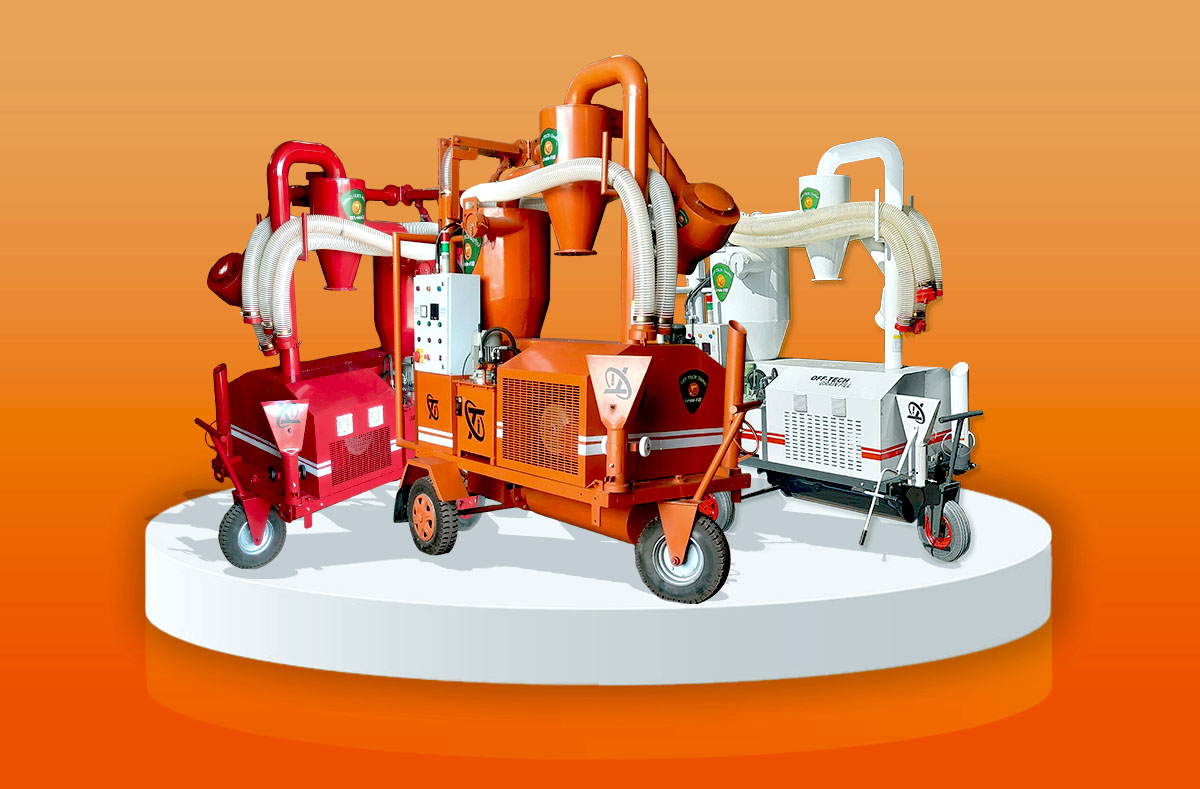
What is Pneumatic Conveying?
Pneumatic conveying is a method of transporting dry bulk materials using a stream of pressurized air or gas within a closed conveying pipeline. This technology is renowned for its efficiency, cleanliness, and adaptability to a wide range of materials.
Key Advantages of Pneumatic Conveying:
1. Dust-Free Handling:
Pneumatic conveying minimizes dust emissions, making it ideal for industries with strict cleanliness requirements, such as the food and pharmaceutical sectors.
2. High Efficiency:
It offers rapid material transfer rates and can handle materials over long distances, reducing labor costs and improving productivity.
3. Flexibility:
Pneumatic systems can transport a variety of materials, including powders, granules, and even abrasive substances, making it suitable for diverse industries.
4. Space-Saving:
Pneumatic conveying systems are compact and can be easily integrated into existing facilities, saving valuable floor space.
5. Hygienic:
In industries like food and pharmaceuticals, maintaining product integrity and hygiene is crucial. Pneumatic conveying systems can be designed with sanitary features to meet these requirements.
Applications of Pneumatic Conveying:
1. Food Processing:
Pneumatic conveying is widely used for transferring ingredients, such as flour, sugar, and spices, in a hygienic and efficient manner.
2. Pharmaceuticals:
This technology is employed for transporting pharmaceutical powders, excipients, and active ingredients without contamination risks.
3. Chemical Industry:
Pneumatic conveying safely handles hazardous chemicals, ensuring worker safety and product quality.
4. Mining and Minerals:
It's used to transport minerals, ores, and aggregates in dusty and challenging environments.
5. Agriculture:
Pneumatic systems aid in the handling of grains, seeds, and fertilizers, reducing material loss and contamination.
6. Plastics and Polymers:
The plastic industry uses pneumatic conveying to move plastic pellets and powders during production.
7. Cement and Building Materials:
Pneumatic conveyors transport cement, fly ash, and other construction materials efficiently.
How Pneumatic Conveying Works:
Pneumatic conveyors operate based on two main principles: dilute phase and dense phase conveying.
1. Material Pickup:
The material is drawn into the system using a vacuum or positive pressure source, like a blower or compressor.
2. Conveying Pipeline:
The material travels through a closed pipeline, propelled by the air or gas flow.
3. Separation:
Air/material separation occurs at the destination point, where the material is collected, and the air or gas is filtered and recycled.
Conclusion:
Pneumatic conveying has evolved into a comprehensive solution for material handling across various industries. Its versatility, cleanliness, and efficiency make it a preferred choice for transporting a wide range of materials. By understanding the principles, benefits, applications, and considerations of pneumatic conveying, industries can implement these systems to streamline their material handling processes and enhance overall productivity.